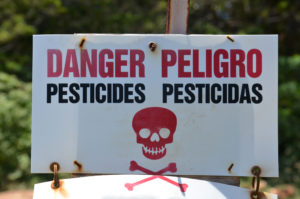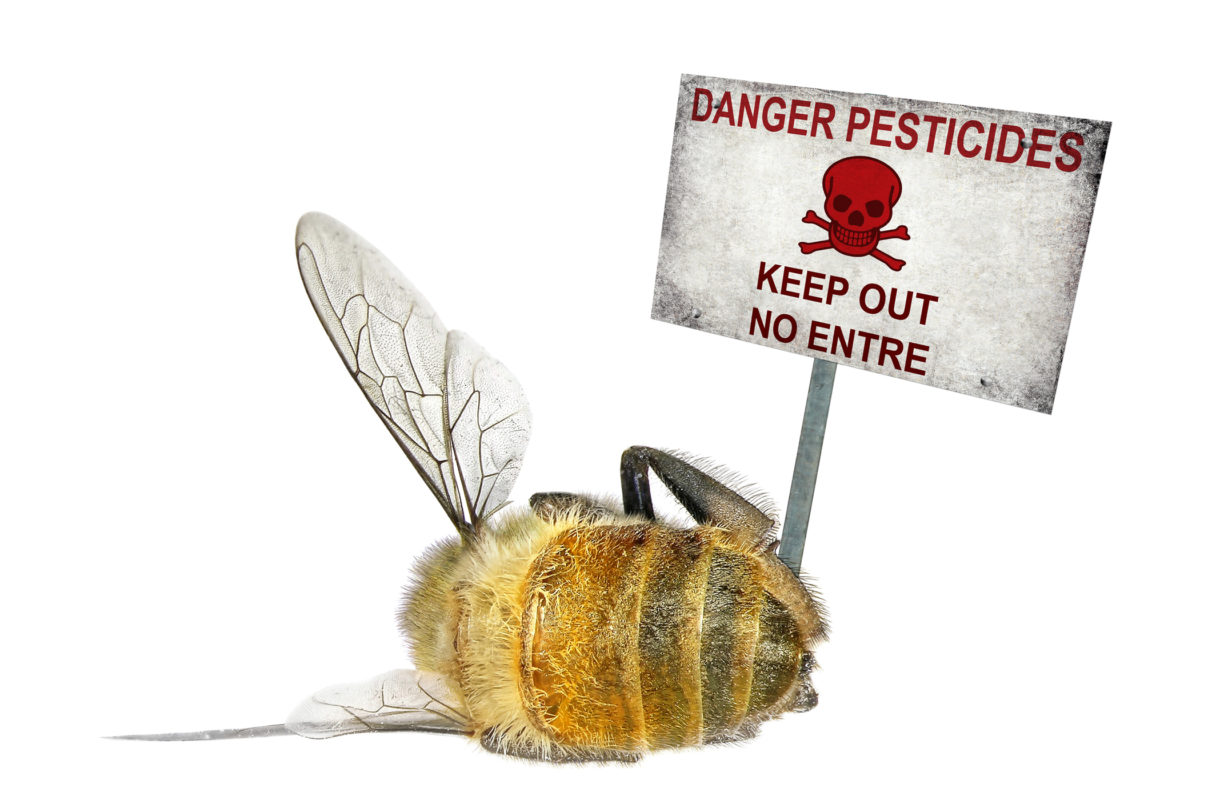Pesticides In Beeswax
Here at Wildflower Meadows, we have occasionally had some of the beeswax in our colonies tested for pesticide residues. Most of the time, our results come back relatively clean. This is not surprising, since many of our apiaries are located in organic avocado groves. Plus, we ourselves stay clear of chemical miticides, such as amitraz and fluvalinate.
That said, it is surprising how often traces of pesticides – and even miticides – do show up in our wax samples. We’ve seen trace counts of fungicides and exotic pesticides that we have never even heard of and had to look up online to learn out what they were! Where in the world did these come from and how did they get into our hives?
The problem with bees is that they travel everywhere and pick up everything that is attractive to them. The pesticides, of course, come from wherever our bees go, and these toxins enter into the hive with the bees. Our bees, while technically under the control of Wildflower Meadows, are actually very independent-minded workers; they go wherever and do whatever they want during the day.
What’s worse, is that honeybees are tiny little Mother Nature machines for concentrating their food. Their honey is concentrated nectar, their bee bread is concentrated pollen, and their royal jelly is concentrated bee bread. Their metabolism concentrates nearly everything. As a result, the pesticides get concentrated too. So even if honeybees pick up only trace amounts of pesticides when foraging, the effects become concentrated over time as they synthesize their food. This food, of course, gets stored inside of the beeswax combs.
And, unfortunately, the problem with beeswax is that it too tends to concentrate its contents, and itself acts like a filter for impurities. Therefore, it is far too easy for contaminates to enter the beeswax, but very difficult for these same contaminates to escape. Over time, these impurities naturally build up and concentrate in the wax. Another issue with beeswax is that the bees are constantly moving it around and recycling it inside the hive. Being the busy bees that they are, honeybees are constantly repairing old honeycomb and building new comb. Thus, the honeycomb and any of the toxic residues within it are easily spread once inside the hive.
When beekeepers use miticides, the residues of these miticides, along with their carrier chemicals, tend to get trapped in the wax. These residues build up over time and can often lead to problems in queen viability, drone health, and worker longevity. Even though we ourselves, here at Wildflower Meadows (and you, the reader), may not use amitraz and fluvalinate, which are the most common varroa miticides, you may be surprised to find that your beeswax will sometimes show traces of these miticides (or in the case of amitraz, it’s metabolites). This is because these chemical residues are hardly ever cleaned out of beeswax. If you purchase hives from other beekeepers, the wax almost certainly will carry these residues. Even if you purchase brand new plastic foundation, the foundation is usually coated with beeswax. This beeswax itself is typically recycled and reprocessed wax from other beekeeping outfits. Unfortunately, these chemicals never seem to go away.
There’s really no escaping it. The best that we as beekeepers can do is to be conscientious in our own endeavors, to occasionally replace our old honeycomb frames, and to get the word out about how dangerous pesticides can be to our bees and their wellbeing.




